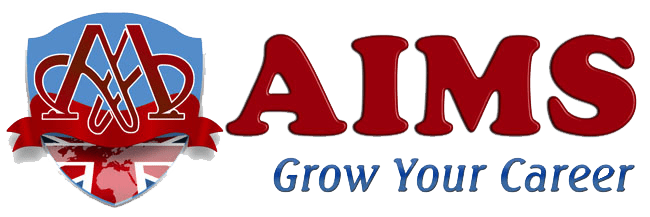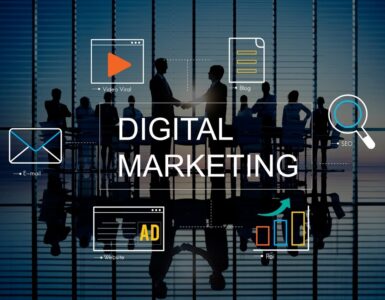What is Project Cost Management?
Project Cost Management is primarily concerned, with the cost of the resources, needed to complete project activities. As a project manager, you need to be aware of the types of costs that impact your project. They are Direct and Indirect costs, and Variable and Fixed costs. The inputs, tools and techniques, and outputs of Estimate costs, Determine budget, and controls costs. Project Cost Management includes the processes involved in planning, estimating, budgeting, financing, funding, managing, and controlling costs, so that the project can be completed within the approved budget.
Here an over of Project Cost Management processes. Estimate Cost is the process of developing an approximation of the monetary resources, needed to complete project activities. Determine Budget is the process of aggregating the estimated costs of individual activities or work packages, to establish an authorized cost baseline. Control Costs is the process of monitoring the status of the project to update the project costs, and managing changes to the cost baseline.
Types of Costs in Project:
There are four types of costs in project. Direct costs, Indirect costs, Variable Costs, and, Fixed Costs.
- Direct costs are the expenses that are billed directly to the project. They can be traced back to a product, and can be measured, and, they are specifically identified by their objectives. Examples of Direct Costs are: Direct materials, Direct labor, Use of equipment, Use of facilities, Number of employees, and, Consumption of services.
- Indirect Costs are not directly identifiable. They are not directly related to the project product as they belong to the core supporting business, but cannot be directly assigned to projects or individual contracts. Examples of Indirect Costs are Fringe benefits, Indirect manufacturing expenses, General indirect expenses, and, General and Administrative expenses.
- Variable costs vary as changes in the production are implemented. In other words: There is no variable cost when there is no production. Examples of Variable costs are, Running expenses of equipment and materials, Performance bonuses, Freight, and, Sales commissions.
- Fixed costs remain constant and they are independent of the amount of work performed. In other words, fixed costs remain the same, even the production line is null. Examples of Fixed costs are, Rent, Depreciation, Administrative Team Salaries, and, General expenses.
Understanding the First Process in Project Cost Management:
Estimate Costs is the Process of developing an approximation estimate, and it is used to calculate the cost of resources, materials, and human, which are necessary to complete the project activities. Estimate Costs also include weighing alternative options, and examine risks and tradeoffs. For Example: Build versus Buy, OR, Buy versus Lease. It determines the amount of cost required to complete project work. The inputs, tools and techniques, and outputs of the cost estimate process are as follows. Inputs are: Scope baseline, Project schedule, Human resource plan, Risk register, Enterprise environmental factors, and, Organizational process assets.
Scope baseline specifies the only work that you need to do to get the project objectives. Scope baselines generally consist of project scope statement, work breakdown structure, and work breakdown structure dictionary. Project Schedule specifies that when the particular activity is going to be finish. Once it is known, the cost incurred for the same may be calculated. So, you need Activity Resource Requirements, and, Duration Estimates. In order to prepare the human resource plan, you must know the rates that will be paid to the staffs, and, reward system in your project. Risks encounters when the projects are proceeded, and money is needed to control those risks. So, the risk control cost must be estimated and included in the risk register. To find the Enterprise Environmental Factors as a project manager, you must know the marketplace conditions, such as: From where you are going to execute the project, and, from where you will procure the item. Organizational Process Assets include: Templates you will use, Historical records from the past projects that you need for estimating, and, Right policies.
Tools and Techniques that are used for Estimate Costs are: Expert Judgment, Analogous Estimating, Parametric Estimating, Bottom-up Estimating, Three-point Estimating, Reserve Analysis, Cost of Quality, PM Estimating Software, and, Vendor Bid Analysis. The outputs of Estimate Costs are Activity Cost Estimates, Basis of Estimates, and, Project Document Updates. The above is a part of a lecture on Project Cost Management, which students study during the mba project management and diploma in project management programs, which are offered online through Project Management Academy at AIMS (UK).
Conclusion:
After understanding all the processes of Project Cost Management, we may conclude that: Analogous estimating uses top down estimating techniques. Cost of choosing one project and giving up another is called Opportunity Cost. Best way to measure cost performance measurement is Earned Value Management. Cost performance index of 0.65 means the project is getting only 65 cents, out of every dollar invested. Facility rent is an example of Fixed Cost. And, Schedule Variance is good if it is greater or equal to zero.




























